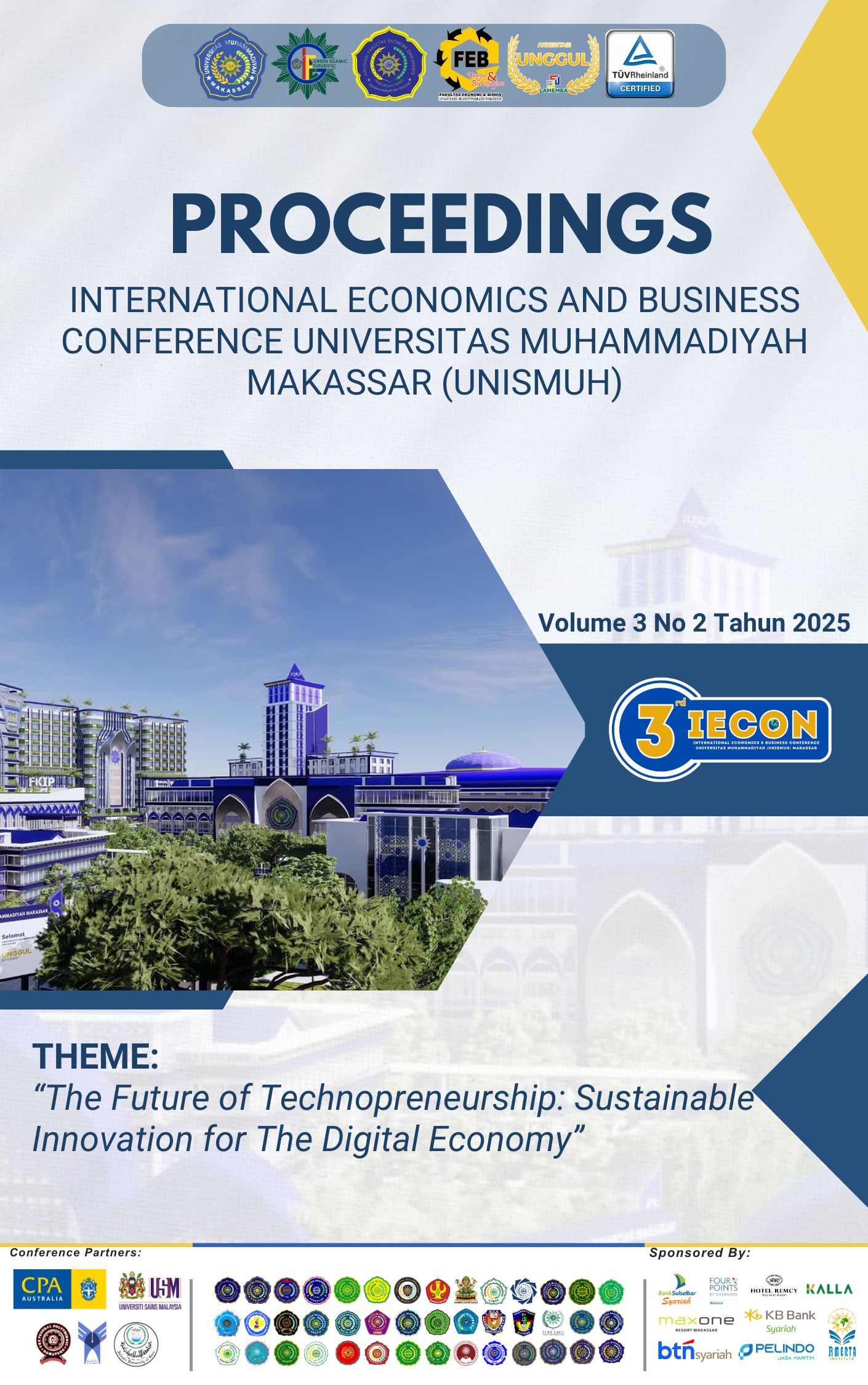Analysis of Financial Performance at Bank Syariah Indonesia (BSI) Using the CAMEL Method for the Period 2021–2024
Keywords:
Bank Syariah Indonesia, Financial Performance, CAMEL, Financial Analysis, Islamic BankingAbstract
If a bank has a good performance, people will trust their funds more to be stored there. This can be seen from the analysis of the financial statements of the bank. The study aims to analyze the financial performance of Bank Syariah Indonesia (BSI) during the period 2021 to 2024 using the CAMEL method, which consists of five main aspects, Capital, Asset Quality, Management, Earning and Liquidity. This type of research is descriptive analysis with a quantitative approach, the data used is secondary data obtained from the financial statements of Tabuwan, BSI during the period studied. The results of the analysis show that the Capital Adequacy Ratio (CAR) aspect of BSI is at a very good level, with a stable value above 20%. Non Performing Financing (NPF) experienced a significant decline from 0.87% to 0.50% reflecting an improvement in asset quality. Management aspects, pointed to efficiency, which increased from 1.45% to 1.86%, signaling growth in profitability. Cash ratio (CR), meanwhile, also showed stability in liquidity despite fluctuations with a high of 166% and a low of 87.7%. Overall, BSI's financial performance during the 2021-2024 period is considered healthy and stable.
Downloads
Additional Files
Published
Issue
Section
License
Copyright (c) 2025 IECON: International Economics and Business Conference

This work is licensed under a Creative Commons Attribution-NonCommercial-NoDerivatives 4.0 International License.















